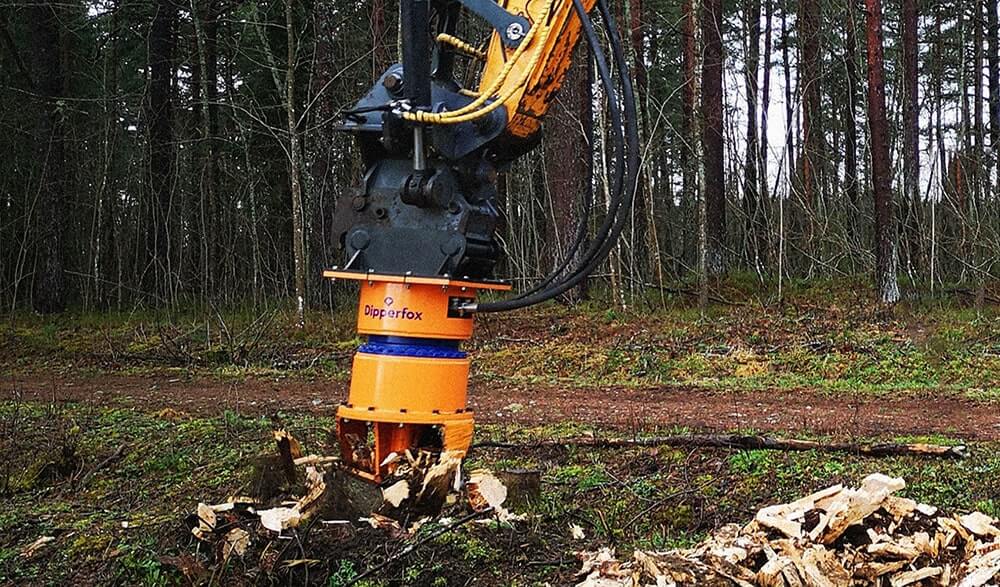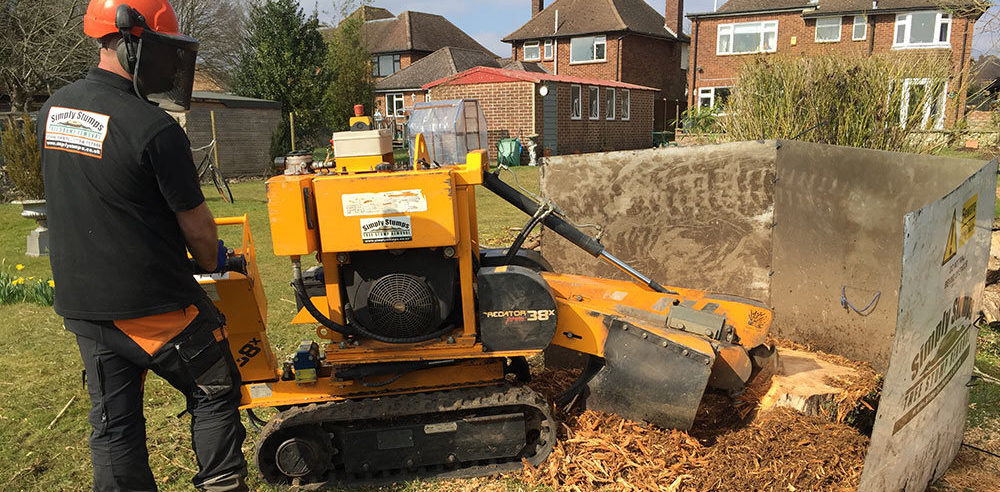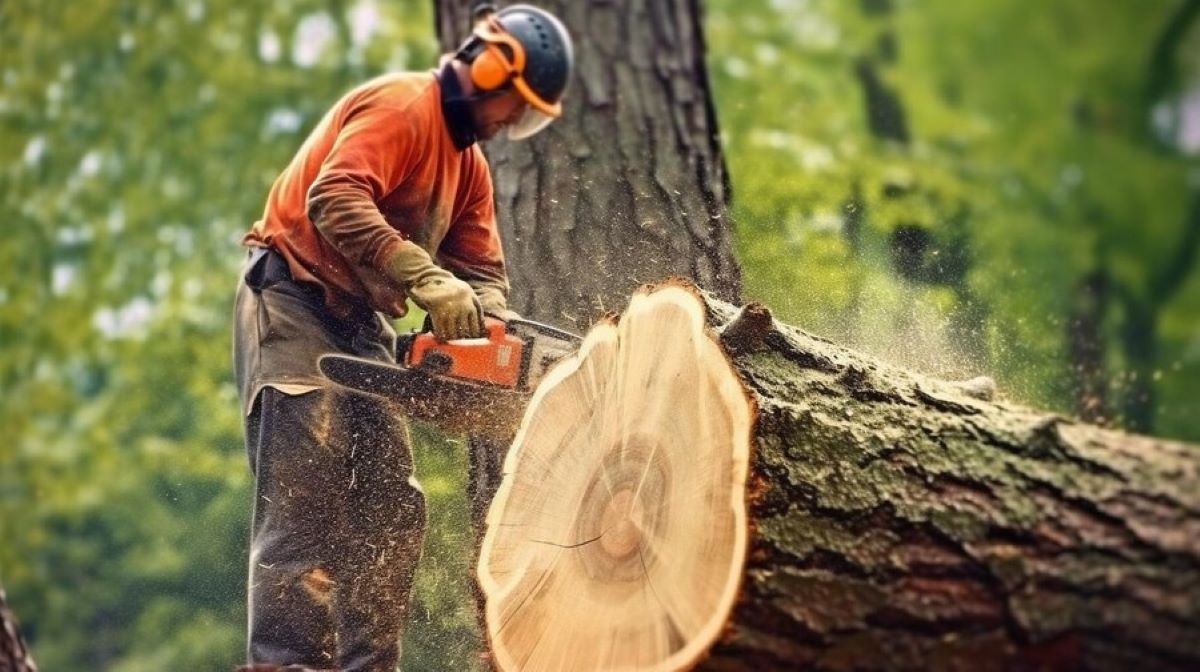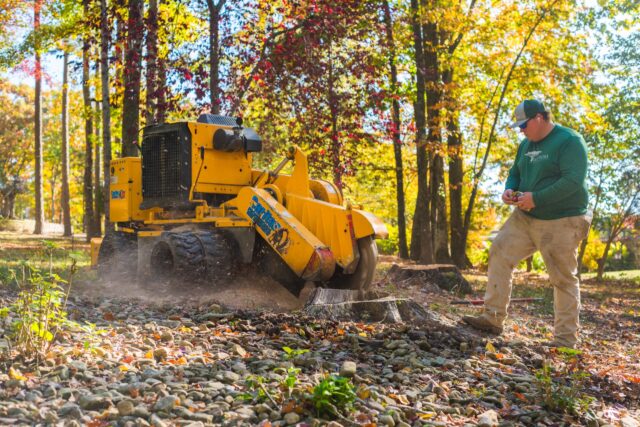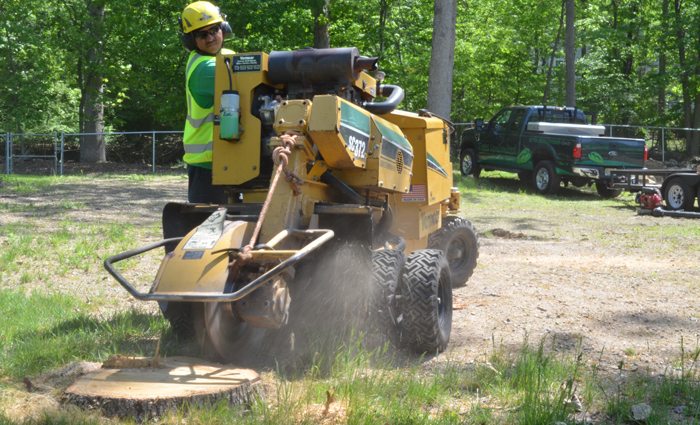When eyeing luxury properties in Vaucluse, the expertise of a property buyers agent becomes essential. Their detailed market analysis, personalised approach, and deep local knowledge help navigate a complex high-value landscape.
Understanding the Vaucluse Luxury Market
Current Market Trends
The Vaucluse property market has seen impressive growth over recent years. In 2023, a 15.2% year-on-year growth coupled with a median house value that just exceeds $9 million underlines the appeal of this suburb. Buyers are attracted not only to the prestige of owning a home in Vaucluse but also to the long-term investment potential. A professional property buyers agent Vaucluse can provide expert guidance in navigating this competitive market, ensuring you make informed decisions and secure the best opportunities.
Data from multiple sources shows that Vaucluse’s market is robust, with properties like those along Hastings Parade and Dumaresq Road fetching impressive sums. In Q1 2025, listings reached price points around €50 million to €55 million, emphasising the exclusivity of the area.
Market reports highlight that even units in the area have experienced solid growth, with a 39.90% increase over five years. This dual performance between houses and smaller dwellings proves that Vaucluse offers a varied portfolio for different types of investors.
Historical Growth and Investment Potential
Investors have consistently been drawn to Vaucluse, not least because substantial evidence points to its long-term growth. Over the past five years, the median house value in Vaucluse has surged by 68.08%, presenting a unique opportunity for those looking to enter the luxury real estate market with confidence.
Experts argue that Vaucluse outperforms many of Sydney’s average growth rates, making it an exceptional investment option. With property values and market confidence on the rise, the region continues to attract high-net-worth buyers seeking both lifestyle and capital gains.
This performance is further supported by recent industry reports comparing price per square metre. With figures for houses averaging €2,900 per square metre, the region holds its own against coastal areas and other luxury markets.
The Role of a Property Buyers Agent in High Value Purchases
Expert Negotiation and Market Insight
A property buyers agent brings a wealth of market insight and negotiation skills to the table. Their role is about championing the client’s interests by ensuring that investments are sound, timely, and aligned with long-term objectives. They provide clarity in a market where emotional decisions can override financial prudence.
This expertise is especially crucial in Vaucluse, where properties carry not only a hefty price tag but an equally significant prestige factor. A buyers agent will scrutinise every detail-from zoning laws to architectural features-ensuring buyers obtain a property that fits their lifestyle and investment criteria.
Negotiating on high-value property deals demands finesse and a comprehensive understanding of the local market trends. An experienced agent carefully evaluates current market statistics and historical data, crafting strategies that take advantage of cyclical trends and future forecasts.
Streamlined Purchase Process
The journey to buying a luxury home is rarely straightforward. A property buyers agent in Vaucluse makes certain that every step is managed with precision. They coordinate inspections, negotiate terms, and liaise with solicitors, lenders, and other key stakeholders.
This streamlined process not only saves time but also minimises potential pitfalls. The agent’s involvement ranges from initial property search to finalising the purchase, ensuring all legal requirements and market conditions are met without undue delay.
For many buyers, the stress of managing multiple parties and understanding intricate contract terms can be overwhelming. A dedicated agent provides reassurance, allowing buyers to focus on the excitement of their new luxury home while trusting that every detail is being handled expertly.
Key Considerations for High Value Purchases in Vaucluse
Valuation and Investment Metrics
One vital aspect of engaging a property buyers agent is their ability to accurately assess property values. Detailed metrics, such as the recent median value data, provide context and benchmarks against which potential purchases can be measured.
Statistical evidence bolsters the justification for investment decisions. For instance, the significant growth percentage in house values alongside strong performance in the luxury segment assures buyers of a promising return on investment.
The buyers agent will also scrutinise price per square metre in different localities. With averages in Vaucluse recorded at €2,900 and other coastal regions often exceeding €4,000, it’s important to understand the factors that contribute to these differences – such as location benefits, amenities, and future development plans.
Legal and Regulatory Compliance
A critical but often underestimated facet of purchasing a high-value property pertains to the legal frameworks governing property transactions. A seasoned property buyers agent ensures full compliance with both local and national property laws.
These professionals work closely with solicitors and financial advisors to guarantee all contractual obligations are met. This meticulous process ensures that clients avoid legal pitfalls, rectify title issues, or become embroiled in any regulatory disputes that might delay a purchase.
Understanding local and regional planning regulations is equally important. In Vaucluse, where the market features exclusive, often historic properties, adhering to heritage and development guidelines is a nuanced task that requires specialized advice.
Timing and Market Entry
The timing of a property purchase in Vaucluse can significantly influence its success as an investment. A property buyers agent utilises market trends, historical cycles, and current economic indicators to advise on the best moments to enter the market.
An agent might point out that in periods where occupancy rates for Airbnbs in the area hover around 55% with a median annual revenue of €28,878, there exists considerable potential for rental yield. Such figures indicate that even if a buyer isn’t planning to reside in the property, leasing it out can generate healthy income.
By advising on optimal market entry, agents help clients avoid the pitfalls of buying during a peak market, which might inflate prices without guaranteeing proportional long-term returns.
Strategies for Effective Property Search and Evaluation
Comprehensive Property Research
A successful high-value purchase begins with painstaking research. A property buyers agent in Vaucluse leverages both public data and proprietary insights to build a complete picture of available properties. They rely on market reports, historical data, and local trends to identify properties that offer the best investment potential.
This thorough analysis includes reviewing recent transaction prices, calculating value per square metre, and assessing features that add intrinsic value to a property. The research might encompass data from trusted sources such as Investropa and OnTheHouse, which provide crucial comparisons that guide the property selection process.
In addition to quantitative metrics, agents consider qualitative factors like neighbourhood prestige, future development plans, and property uniqueness. Every detail is scrutinised to ensure the purchase is as sound a financial decision as it is a lifestyle upgrade.
Inspection and Due Diligence
Even the most promising high-value property requires thorough due diligence. A dedicated property buyers agent arranges detailed inspections, from structural assessments to land surveys. This process helps uncover any hidden issues that could affect the future value or enjoyment of a property.
Agents engage specialist contractors and inspectors, ensuring that every corner of the property is evaluated. This proactive approach is particularly important in luxury markets where even minor issues can have significant financial implications.
Aside from physical inspections, due diligence also covers reviewing legal documentation, ownership history, and verifying that all necessary permits are in order. With a seasoned agent handling these tasks, buyers can avoid surprises and let their investment outcomes truly shine.
Personalised Strategies for Diverse Clientele
Not every high-value property buyer in Vaucluse is the same. Some aim for a resplendent family home, while others seek a lucrative investment property. A property buyers agent tailors their approach to suit each client’s unique objectives. This may involve identifying properties with strong rental yields or sourcing homes that offer exceptional lifestyle benefits.

Agents take into account a client’s risk tolerance and desired level of hands-on involvement. Whether a buyer is looking for a quick resale opportunity or a long-term asset, personalised guidance ensures that each purchase aligns with broader financial and personal goals. You may visit https://betterbizideas.com/what-buyers-advocacy-waverley-focuses-on-for-family-buyers/ to learn about what buyers advocacy waverley focuses on for family buyers
The bespoke service extends to managing negotiations where every detail – from payment terms to contingencies – is carefully customisable to suit the buyer’s circumstances. This individualised approach is key in the multi-million-dollar environment of Vaucluse.
Negotiation Techniques in High-Value Transactions
Building Rapport and Trust
Successful negotiations in luxury real estate start with building a strong rapport among all parties. Experienced property buyers agents understand the value of trust and professionalism. They use their in-depth market knowledge to demonstrate to sellers why the offered price represents a fair value.
A high-value transaction is not just about numbers; it’s also about relationships. The agent’s reputation, local network, and track record of successful deals lend credence to their negotiation strategy. Sellers are more inclined to work with professionals who convey a fair, respectful, and informed posture.
This emphasis on trust paves the way for smoother negotiations, where both buyer and seller can aim for a consensual agreement. It often means the difference between an offer that sits in limbo and one that promptly results in a signed contract.
Data-Driven Price Negotiations
Every offer on the table must be backed by solid data. A property buyers agent employs comprehensive market research to justify their position, incorporating median values, price per square metre, and comparisons with recent high-value transactions within Vaucluse. This evidence-based approach helps frame the value of a property in an objective manner.
For example, current statistics revealing a median house value slightly above $9 million and growth figures climbing steadily over the years provide a firm foundation for negotiations. By articulating these facts clearly, the agent makes a persuasive case for a fair purchase price that reflects both current market conditions and future growth.
This method of analytical negotiation reduces the emotional weight of high-value transactions, ensuring that the final deal is as much a triumph of market intelligence as it is of negotiation prowess.
Timing and Patience in Negotiations
Luxury transactions often require patience. A key skill for any agent is recognising when to press front-line negotiations and when to wait. Timing is crucial, especially in markets as dynamic as Vaucluse’s. A buyers agent may delay finalising a deal until market indicators confirm a more advantageous position for the buyer.
Knowing when to step back during heated negotiations can result in significant savings. Patience combined with a keen understanding of market fluctuations and forthcoming developments often gives the buyer a competitive edge in these high-stakes discussions.
This measured approach, balancing assertiveness with patience, ultimately contributes to capitalising on market conditions that favour the buyer’s overall investment strategy.
Managing the Entire Transaction Process
Coordinating with Multiple Stakeholders
A property purchase in Vaucluse is rarely a solitary endeavour. A buyers agent acts as the central point of contact, orchestrating smooth communication among various stakeholders. From real estate agents and solicitors to mortgage brokers, every participant in the transaction is kept in the loop.
This meticulous coordination ensures that deadlines are met, queries are resolved promptly, and potential issues are addressed before they escalate. In high-value markets, every detail counts, and professional coordination can expedite the overall process while reducing stress for the buyer.
The agent’s established network of professionals, including those with local expertise in legal and financial matters, further enhances the efficiency of the transaction. A single misstep can cost time and money, so proactive communication remains a core priority throughout the deal.
Leveraging Technology and Market Analytics
Modern property buyers agents harness advanced technology to gain an edge. They utilise custom market analytics, comprehensive online databases, and innovative real estate platforms to keep track of the latest trends and available properties.
This analysis often involves detailed mapping of property features, historical price changes, and predictions about future value appreciation. With recent reports indicating an average of €2,409 per square metre in nearby coastal regions versus €2,900 in houses within Vaucluse, technology offers an avenue to extract critical insights that influence purchasing decisions.
Ultimately, this fusion of traditional expertise and contemporary technology ensures that high-value transactions are managed efficiently, paving the way for sound long-term investments.
Post-Purchase Services and Ongoing Support
The service of a property buyers agent doesn’t conclude at the signing of the contract. Many agents in Vaucluse offer continued support in areas ranging from property management to advice on future resale opportunities. This comprehensive service is particularly attractive for buyers looking to maximise returns or manage multiple assets.
Ongoing support may include market updates, assistance with refurbishment or renovation strategies, and connecting buyers with trusted property managers who understand the nuances of luxury estates. With such advice, buyers can comfortably navigate subsequent phases of property ownership.
This full-cycle approach ensures that buyers are not left in the dark once the deal is sealed. Instead, they benefit from a trusted partnership that extends into the lifecycle of their investment, safeguarding both their financial interests and their lifestyle aspirations.
Why Vaucluse Remains a Top Choice for Luxury Investments
Prestige and Lifestyle Appeal
Vaucluse enjoys a reputation as one of Sydney’s most desirable suburbs, attracting people who value both luxury and heritage. The stunning views, proximity to the waterfront, and storied past of the area create a unique allure that is hard to match.
Homeowners take pride in owning a piece of Vaucluse, where every street tells a story. This prestige is cultivated not only by the architecture of its properties but also by the high calibre of its residents.
For many buyers, the decision to invest in Vaucluse goes beyond financial metrics. It is about securing a lifestyle enriched with natural beauty, cultural sophistication, and the confidence that their property will always be part of an exclusive community.
Comparative Value and Future-Proofing Investments
The impressive growth figures detailed in numerous studies underscore Vaucluse’s strong fundamentals. In comparison to other high-end markets, buyers enjoy a blend of relative affordability per square metre and robust long-term growth potential.
Recent findings suggest that while coastal regions such as Alpes Maritimes command higher prices per square metre (around €4,387), Vaucluse still offers an attractive average of €2,900 for a house. This comparative value means buyers can secure premium properties without the astronomical entry costs found in some international markets.
By selecting a property in Vaucluse, investors not only capitalize on current market dynamics but also position themselves favourably for future capital appreciation. As property values continue to soar and luxury demand builds, well-timed investments in this suburb offer substantial potential for enhanced returns.
Rental Yield and Alternative Income Streams
For investors also considering rental income, Vaucluse provides promising prospects. With reliable occupancy rates, such as the 55% average recorded in November 2025 for Airbnbs, there is a steady flow of rental revenue even as properties appreciate in value.
This dual benefit-capital growth coupled with attractive median annual revenues of around €28,878-ensures that luxury properties in Vaucluse are not only prestige purchases but also practical investments that can deliver consistent income.
Whether the goal is a primary residence that also generates income during extended periods of vacancy or a dedicated rental property, high-value purchases in Vaucluse can be tailored to suit a variety of financial objectives. A property buyers agent plays a pivotal role in identifying and securing properties that meet such criteria, making the most of both market dynamics and individual financial profiles.

Integrating Expert Insights and External Data
Leveraging Trusted Sources
Local experts and industry reports consistently reinforce Vaucluse’s strong market position. Insights from teams such as the Ben Collier Team and Creative Preservation stress that Vaucluse outperforms average Sydney growth rates-an endorsement that resonates with savvy investors.
These insights are bolstered by comparative data from OnTheHouse, Investropa, and Green-acres. Their detailed analyses provide the statistical backbone that gives buyers confidence during negotiations and purchase decisions.
Employing multiple reputable sources helps a property buyers agent offer a well-rounded perspective. This comprehensive view ensures that every recommendation is backed by both anecdotal experience and hard data, making it easier for buyers to justify their investment decisions.
Behavioural Trends in the Luxury Segment
Market behaviour in the luxury real estate segment often differs from typical trends. Buyers in this market prioritise quality, location prestige, and potential for future growth over short-term gains. This discerning approach is especially applicable in Vaucluse, where historical performance and upscale living go hand in hand.
Property buyers agents monitor these behavioural trends closely to predict future buyer sentiment. They evaluate how buyer behaviour impacts market stability and guide clients regarding emerging preferences that might affect long-term value appreciation.
By staying ahead of these shifts, the agent is better equipped to advise investors, ensuring that the properties chosen today remain desirable assets in the years to come.



